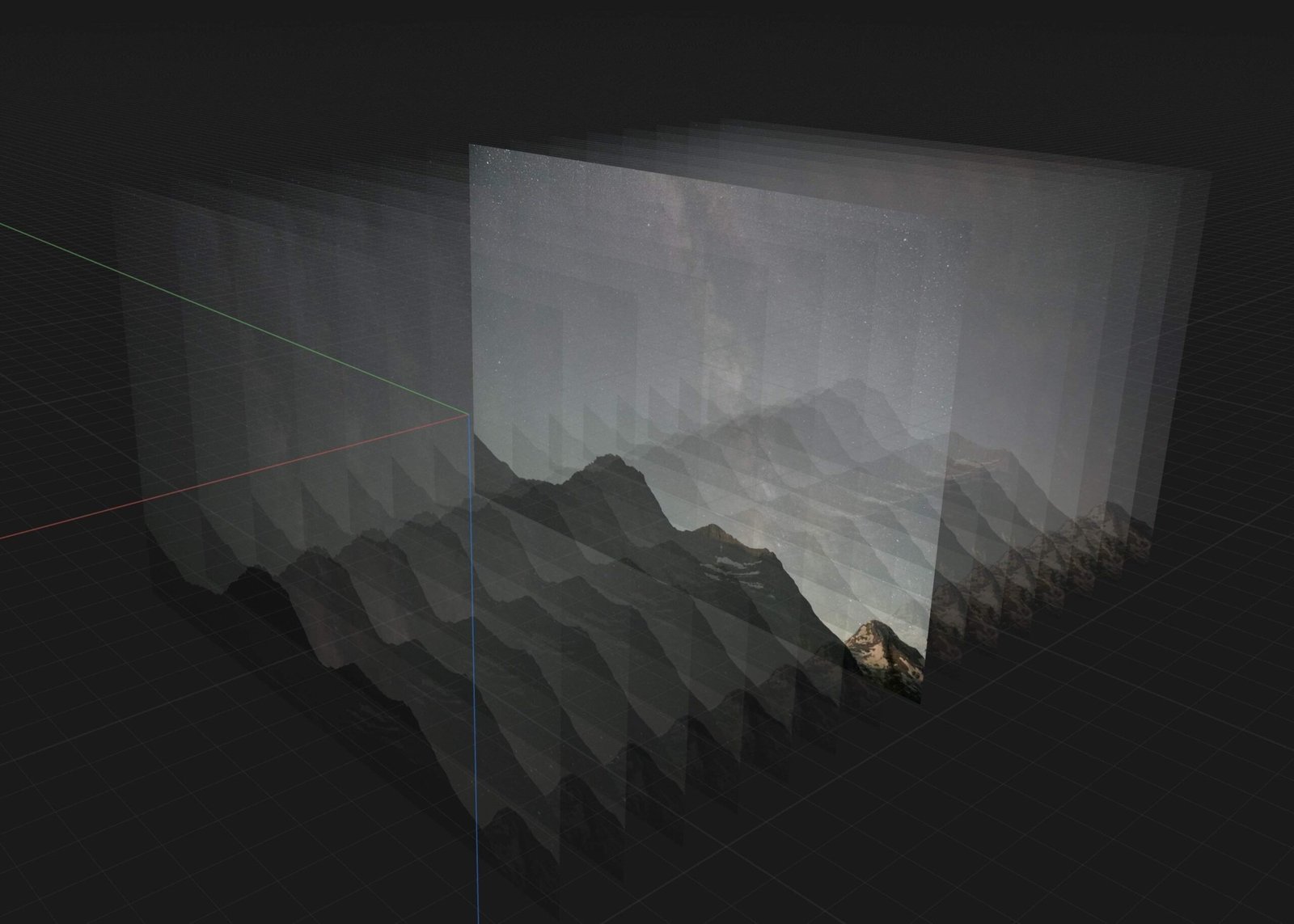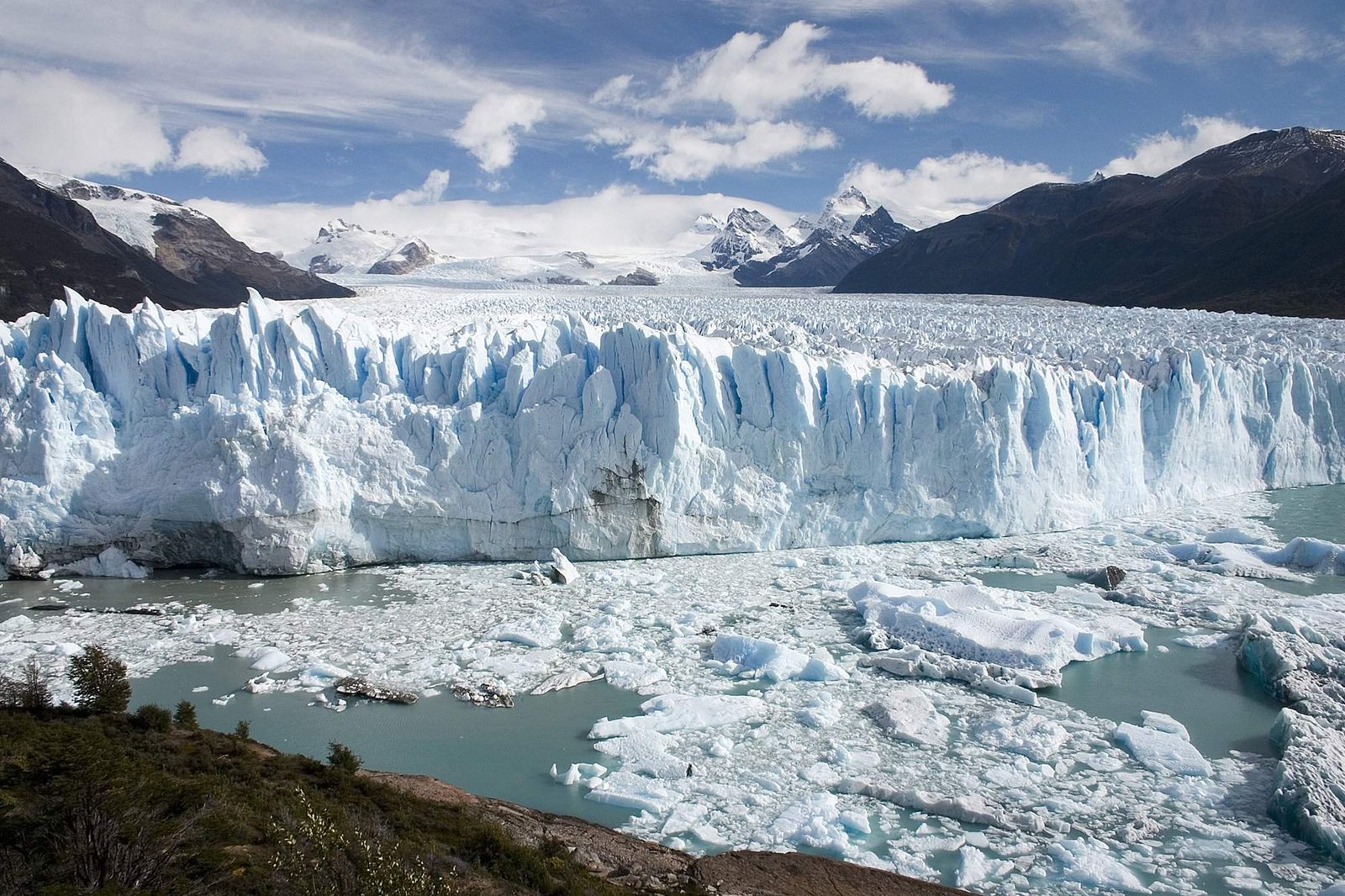Douglas fir trees are a prominent feature in Glacier National Park, thriving in higher elevations and specific forest types. While there isn’t a dedicated Douglas Fir Trail, these majestic trees can be found along several popular hiking routes. This guide explores the presence of Douglas fir in the park, its characteristics, associated wildlife, and accessibility options for visitors seeking to experience these magnificent trees firsthand.
What are the Best Trails to See Douglas Fir in Glacier National Park?

While there isn’t a specific “Douglas Fir Trail” in Glacier National Park, several trails offer excellent opportunities to observe these impressive trees:
- Trail of the Cedars
- Location: Avalanche Picnic Area
- Length: 0.5 miles (loop)
- Elevation gain: Minimal
- Difficulty: Easy
-
Features: Transitions from cedar to Douglas fir at higher elevations
-
Fish Lake Trail
- Starting point: Sperry Trailhead (across from Lake McDonald Lodge)
- Length: 2.9 miles
- Elevation gain: 1000 feet
- Difficulty: Easy to moderate
- Features: Dense cedar forests transitioning to Douglas fir and white pine
How Can You Identify a Douglas Fir Tree?

Douglas fir trees have distinct characteristics that make them easily identifiable:
- Bark
-
Texture: Thick with reddish-brown, deeply-furrowed ridges (in older trees)
-
Needles
- Length: 1-2 inches
- Texture: Soft to the touch
- Arrangement: Spiral pattern on branches
-
Underside: Two white bands of stomata
-
Cones
- Size: 2-4 inches long, 1-2 inches wide
- Shape: Cylindrical
-
Distinctive feature: Three-pointed bracts protruding between scales
-
Habitat Preferences
- Climate: Slightly cooler and moister than ponderosa pine forests
- Elevation: Higher altitudes
- Rainfall: Moderate to high
What Wildlife Can You Expect to See in Douglas Fir Ecosystems?
Douglas fir forests in Glacier National Park support a diverse array of wildlife:
Birds
- Spotted owl
- Woodpeckers
- Various songbirds
Mammals
- Black bears
- Mountain goats
- Deer
- Squirrels
- Chipmunks
Behavioral Patterns
- Food Storage
-
Squirrels and chipmunks store Douglas fir seeds for winter
-
Migration
-
Deer and elk move to lower elevations in winter
-
Breeding and Nesting
- Many bird species nest in Douglas fir canopies during spring and summer
How Accessible are the Trails Featuring Douglas Fir?
Accessibility varies depending on the trail:
Trail of the Cedars
- Parking: Available at Avalanche Picnic Area
- Difficulty: Easy, wheelchair accessible
- Facilities: Restrooms available
Fish Lake Trail
- Parking: Available at Sperry Trailhead
- Difficulty: Moderate due to elevation gain
- Facilities: Limited
Public Transportation
- Free shuttle service along Going-to-the-Sun Road
- Limited access to specific trailheads like Sperry Trailhead
Trail Conditions
- Generally well-maintained
- Subject to weather and seasonal changes
- Check with park visitor centers for current conditions
What Challenges Might Visitors Face When Exploring Douglas Fir Areas?
- Weather
- Sudden changes in temperature and precipitation
-
Potential for snow at higher elevations, even in summer
-
Wildlife Encounters
- Possibility of encountering bears, mountain goats, or other wildlife
-
Importance of maintaining safe distances and proper wildlife etiquette
-
Physical Demands
- Elevation gain on some trails
-
Altitude adjustment for visitors from lower elevations
-
Trail Navigation
- Some trails may be less clearly marked
- Importance of carrying maps and staying on designated paths
How Can Visitors Prepare for a Douglas Fir Exploration in Glacier National Park?
- Check Trail Conditions
- Contact park visitor centers or check the official website
-
Inquire about any trail closures or advisories
-
Obtain Necessary Permits
- Some areas may require backcountry permits
-
Check permit requirements in advance
-
Pack Essentials
- Water and snacks
- Weather-appropriate clothing (layers recommended)
- First aid kit
-
Bear spray (available for purchase or rent in the park)
-
Educate Yourself
- Learn about Leave No Trace principles
-
Familiarize yourself with park rules and regulations
-
Plan Your Visit
- Consider visiting during off-peak hours or seasons for a less crowded experience
- Allow ample time for exploration and photography
By following these guidelines and being well-prepared, visitors can have a safe and enriching experience exploring the Douglas fir ecosystems in Glacier National Park.
References:
1. Trees and Shrubs – Glacier National Park Service
2. Old Mine Tour: Douglas-fir – National Park Service
3. Glacier Hiking Trails, National Park Hikes – AllTrips